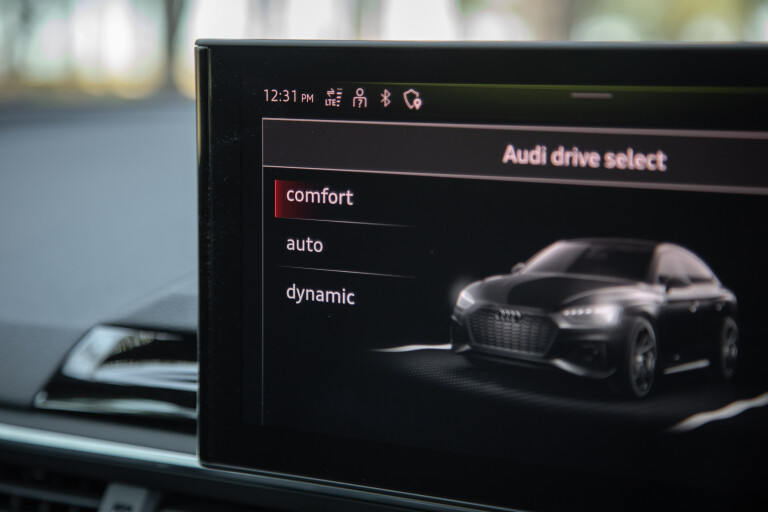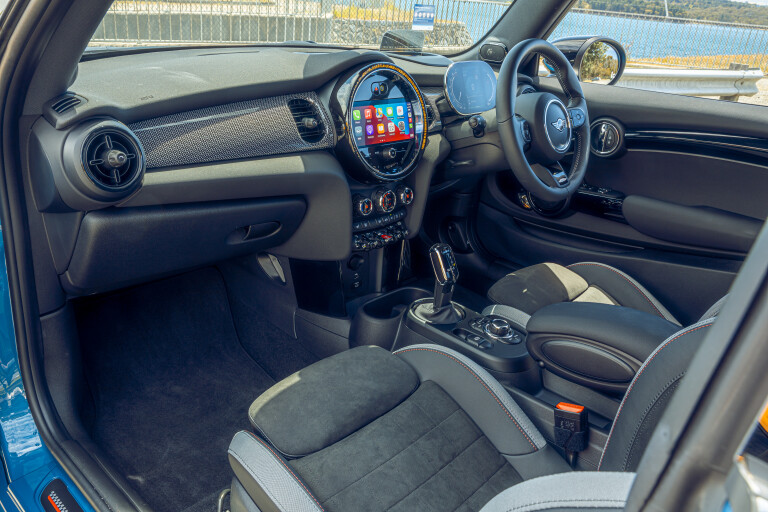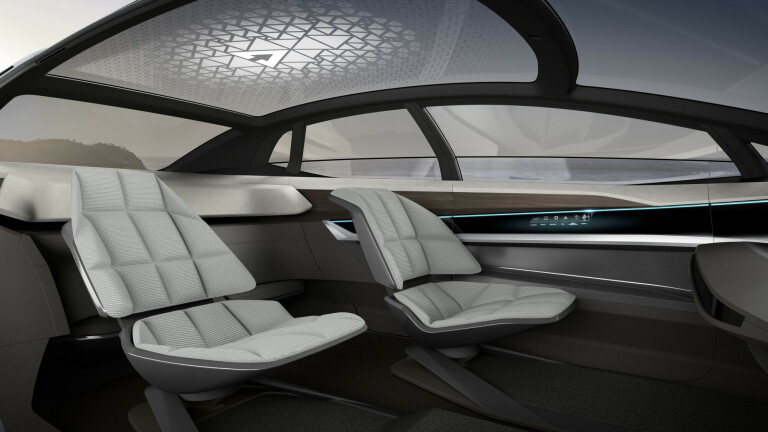
I have spent a lot of time on planes in the past few months and you may even have seen some of the results of my selfless nomadic wanderings around Europe in these very pages. But while I haven’t yet had the gall to hammer the work credit card for a full business-class ticket, I have at least had the fortune to completely avoid budget airlines.
If you’ve never suffered the indignity of a so-called ‘low cost’ airline allow me to run you through a typical scenario as a warning with a broader message. It starts with a search for flights using a popular aggregator service which will inevitably throw up a couple of prices that appear to be too good to be true – they are. However, if you decide not to heed the oldest consumer mantra in the world and continue with QueasyJet, RyanAaargh or Ti-grr then you will spend the next three hours checking boxes for optional extras. Check-in baggage, choose a seat, insurance for when we cancel your flight for no apparent reason, cover for your bags that we lost and won’t return for three days – by which stage you’ll already be home.. and so on.
When it comes to check-in at the airport, the permanently disgruntled staff will weigh your ‘free’ hand luggage and if it’s a single gram over – bang, $50. And if you should choose to opt out of any of these, the unchecked box serves as a disclaimer allowing the airline to get away with virtually any stuff up it wants without any recompense or consequence.

Yet, if you click all the boxes for peace of mind suddenly the ticket costs more than a business-class return – not so budget after all. More chillingly though, car manufacturers are toying with something similar for cars. A number of premium brands are testing the market with what they call subscription, pay-per-use or on-demand features and they have the potential to make cars as poor value and annoying as a budget airline.
At the milder end of the spectrum, software such as navigation and select applications would not be permanently accessible in your car and only available if you pay for the feature to be unlocked temporarily. Not so bad? The principle is scalable and sets a precedent for other on-demand features previously included in the traditional purchasing process – and the manufacturers are thinking about it.
Next could be a heated seat for the driver or climate control for the second row passengers or maybe a head-up display. But it gets worse, because virtually any element of a new generation of cars will have the potential to be switched on or off using the advanced electronic systems that run them.

Tesla is already doing it with features that are built into the model at birth but can be activated later in the car’s life. So imagine if the car you bought was 200kW when delivered but could be boosted to 300kW for the occasional track day. Perhaps your front-wheel drive car could have the rear wheels switched on for a trip to the snow or maybe even converted to rear-drive for 30 minutes when covering your favourite mountain pass? Got a flat? Open the application and pay for the manufacturer to hit the deflated tyre with a shot of goo and air over-the-air and allow you to get on your way.
Premium brands argue this makes perfect sense as you don’t need the full complement of equipment each time you jump in the car and subscriptions have the potential to make car ownership cheaper, but how can they? If the heating element is already installed in the steering wheel, or the 360-degree cameras fitted around the vehicle on the production line, haven’t you already paid for it?
Of course, this idea works beautifully for car-sharing in which the car is not owned by the user and only ever effectively rented by members of the service. In these circumstances it makes sense to unlock the required features each time a new user takes a car just like the convenience of renting the car itself. But be careful what you wish for because today it’s Android Auto and Apple CarPlay. Tomorrow it’ll be speed governors and virtual tailpipes.




COMMENTS